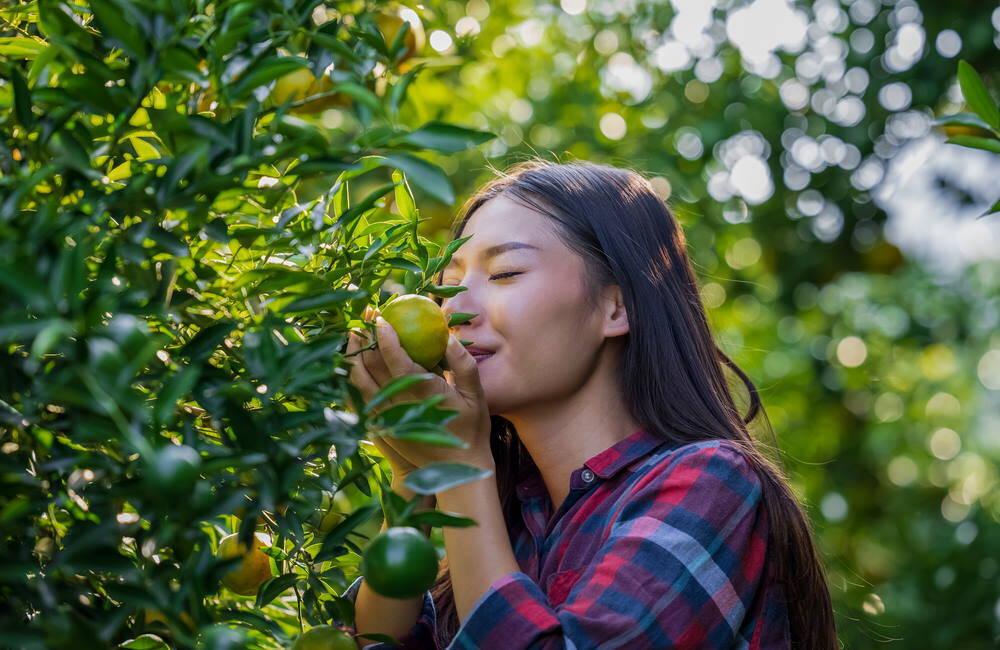The Positive Psychology of Practicing Gratitude

“Start each day with a grateful heart” – practicing gratitude – is something I try to do every day. I normally wake early, which offers me the opportunity to walk through the house when it’s quiet. The only sounds are the creeks of the floor made by me, the furnace running, and the sounds that a house makes on a regular basis.
It is still dark outside, so looking into nature is not an option. I go about my morning rituals and begin to think about those that warm my heart. Marcel Proust once said, “Let us be grateful to the people who make us happy: they are the charming gardeners who make our souls blossom.” I also think about how blessed I am and the fact that I have running water for my tea, the warmth of my house and the fireplace I can turn on in an instance, as well as the ability to sit at my computer and share messages such as this one.
Pain and angst sometimes creep into my thoughts about those that have caused hurt. I try to feel gratitude, however, it’s not always easy. I know that being thankful for someone that has caused hurt does not make the pain go away, but it can help us refocus on what we have instead of what we lost. It opens the soul to greater flexibility and resilience.
Gratitude Is the Cornerstone of a Practice
I try to keep in mind that gratitude is not only something we feel as we give or receive something, like a present, but the cornerstone of a practice, internally. A publication called “Science of Us,” by Christian Jarrett, tells us that practicing gratitude takes work, at least in part because they have a self-perpetuating nature, meaning that the emotion you feel continues without any further intervention. The more you practice gratitude, the more attuned you are to it and the more you can enjoy its psychological benefits.
Positive psychologists have published some interesting findings and one of the more robust ones is that feeling grateful is very good for us. Time and again, studies have shown that performing simple gratitude exercises, like keeping a gratitude diary or writing letters of thanks, can bring a range of benefits, such as feelings of increased well-being and reduced depression. These feelings often linger well after the exercises are finished.
Positive psychology may seem a bit flaky, right? How can we always “look on the bright side?” I remember my mom telling me to do this and at times it was easy and at times it was not. So, how do you look on the bright side, express gratitude, and be thankful when life seems so stressed and out of balance?
Start Connecting to Nature
Expressing thankfulness for what nature offers creates mindful and positive expressions. Try a nature therapy activity that gets you outside for 5 to 10 minutes a day (or at least by a window). Spend time focusing on the natural ecosystem of an area (backyard, park, trail, etc.) and engage one or each of the five senses.
- Look for color and reflect on how it makes you feel
- Close your eyes and listen (morning is best) and notice the mood it creates
- Touch a tree and memorize its shape and texture, repeat.
- Smell the different plants around you, see if it evokes a memory.
- Eat a piece of fruit while sitting quietly and then notice the ambience of the taste, while in your surroundings.
The result: gratitude. By engaging with your senses, using mindful, positive expression and connecting with the reciprocity of nature and self, the intimate connection that happens builds resilience. In turn it creates self-awareness and inspires more positive connection with self and others. Mindful positive expression becomes a chain reaction effect that reflects onto others and increases expression of thankfulness.
So, in addition to celebrating the holiday season, take the time to use the surrounding environment of your area to enlighten your heart. By positively expressing gratitude and becoming mindful of how we are interacting with our surroundings and others, the psychological benefits become self-perpetuating.
According to Brother David Steindl-Rast, grateful living practices have three simple steps:
- STOP – become present, awake, aware, receptive
- LOOK – notice, observe, consider, have a direct experience
- GO – acknowledge, take action, do something with the opportunity
“Thankfulness is the beginning of gratitude. Gratitude is the completion of thankfulness. Thankfulness may consist merely of words. Gratitude is shown in acts.” ~Henri Frederic Amiel
